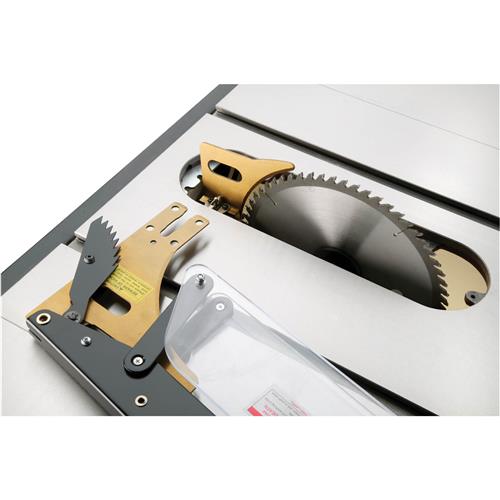Really. I don't see any real advantage over a good splitter. Except maybe when ripping angles.
Yes it goes up and down with the blade. So?
At times I considered getting and installing one on my Unisaw but now I don't know…
There's been talk about buying a new saw verses old/used to get new safety features like a riving knife. What in a riving knife makes anything safer then a good, in my case, anti-kickback splitter?
Yes it goes up and down with the blade. So?
At times I considered getting and installing one on my Unisaw but now I don't know…
There's been talk about buying a new saw verses old/used to get new safety features like a riving knife. What in a riving knife makes anything safer then a good, in my case, anti-kickback splitter?







